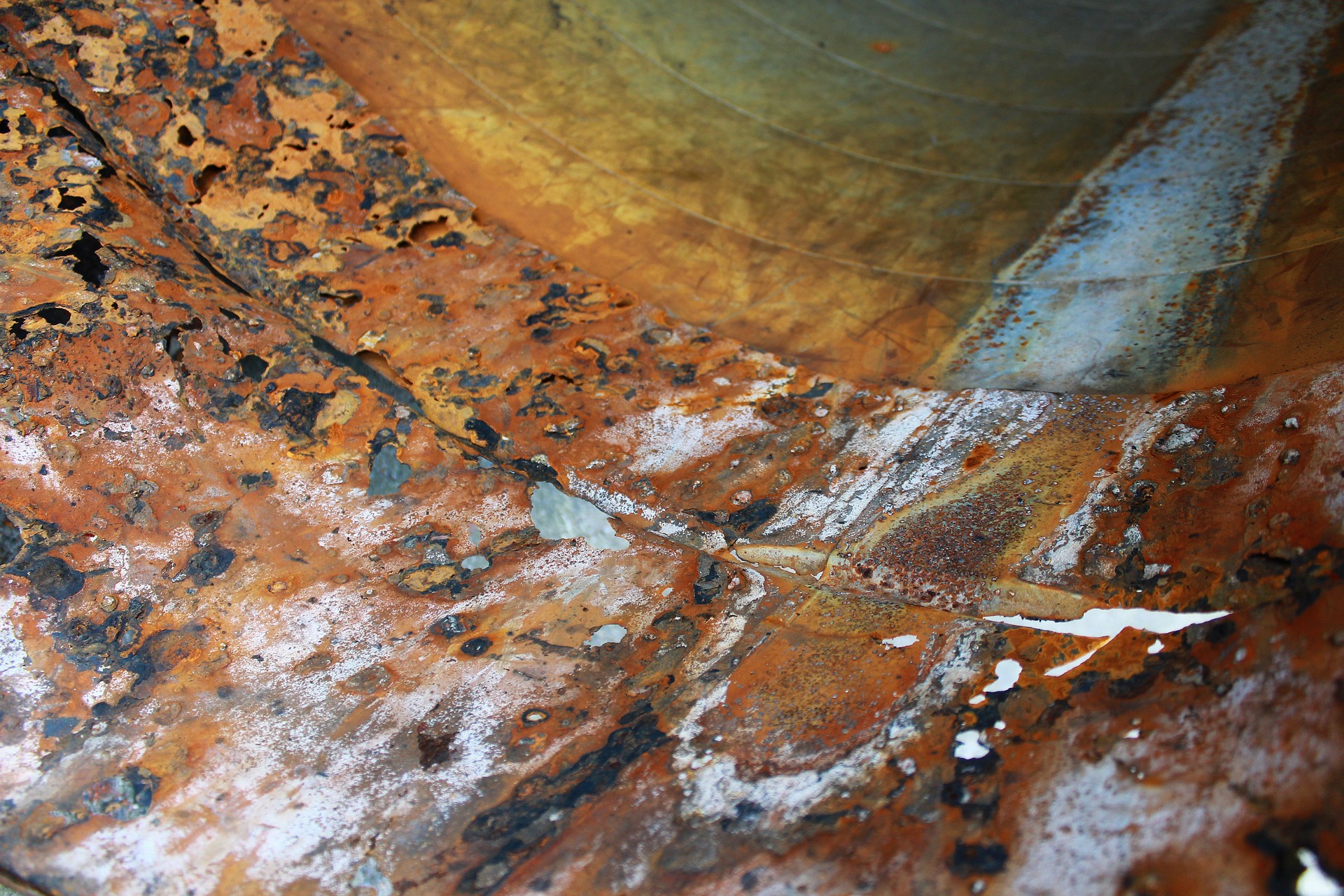 When choosing the proper pipeline rehabilitation technique, repair teams need an effective and lasting solution. Trenchless or no-dig technologies are preferable to high-cost, high-risk trenching alternatives whenever possible, as they save resources and cause minimal disturbance during installation. Yet while all trenchless solutions bring these benefits, some prove to be more practical than others.
When choosing the proper pipeline rehabilitation technique, repair teams need an effective and lasting solution. Trenchless or no-dig technologies are preferable to high-cost, high-risk trenching alternatives whenever possible, as they save resources and cause minimal disturbance during installation. Yet while all trenchless solutions bring these benefits, some prove to be more practical than others.
Grouting is the oldest method for tackling infiltration, and it’s been many teams’ go-to solution for years. But more and more contractors and municipalities are finding that it doesn’t always make the best rehab choice. Both chemical and cementitious grouts require a certain period of set time (in some cases up to 10 hours), so they can’t be installed with active flow and sometimes require a bypass. Additionally, some types of grout require strict environmental conditions or else will be rendered useless. Within the polyurethane foam grout family, hydrophilic grout needs a moist environment to properly react, cure and continue to be effective. Otherwise it will dry out and shrink, allowing leaks back into the pipeline.
Similarly, many grouts need experimentation and therefore have a drawn-out installation process. The chemical grout sodium silicate demands a two-part application, a complex chemical makeup that borders on “unstable when injected into any groundwater condition,” and is most commonly used as a temporary solution (Babcock). When looking to invest in pipeline rehab, finding a method that can combat multiple issues at once provides a higher return on investment.
Sometimes grout is paired with sliplining to rehab deteriorating pipelines; the grout fills the annular space between the defective pipe and the new liner. While this process is intended to prevent leaks and, depending on grout type, provide structural support, it remains less effective than other rehab methods. In a retrospective evaluation conducted by the EPA’s Office of Research and Development, small-diameter sliplining was the only method to receive a "poor" rating when assessed for long-term cost-benefit value. The same evaluation was unable to evaluate grouting on its own, as "the sampling and evaluation protocols present significant difficulties due to the nature of the process," demonstrating the inconsistent nature of grouting installation. With greater variability comes greater room for error.
In stark contrast to grouting methods, mechanical point repair ensures consistency and can tackle numerous defects. Quick-Lock, PRT’s mechanical point repair solution, is easy to learn and install, as it requires only a day of training for users to become proficient. Unlike grout and resin-based methods, there's no worry about dilution, cure time or gel time. Quick-Lock point repair sleeves and liner end seals provide comprehensive rehabilitation to solve infiltration, root intrusion, holes, circumferential and longitudinal cracks, offset joints and abandoned laterals.
Quick-Lock has saved users hundreds of thousands of dollars, and one North Carolina-based contractor has increased its revenue by 15% since adding point repair to its offerings. Now it’s time for you to look beyond grout: See the benefit of Quick-Lock point repair today with an on-site demo:
National Database Structure for Life Cycle Performance Assessment of Water and Wastewater Rehabilitation Technologies (Retrospective Evaluation)
https://www3.epa.gov/npdes/pubs/rehabl.pdf
https://www.wef.org/globalassets/assets-wef/direct-download-library/public/03---resources/wsec-2017-fs-009---csc---sewer-rehabilitation---final---9.27.17.pdf
http://www.sewergrouting.com/process.html
Babcock, Britt N. Cement Grout vs. Chemical Grout: Which One to Use, When, and Why.


